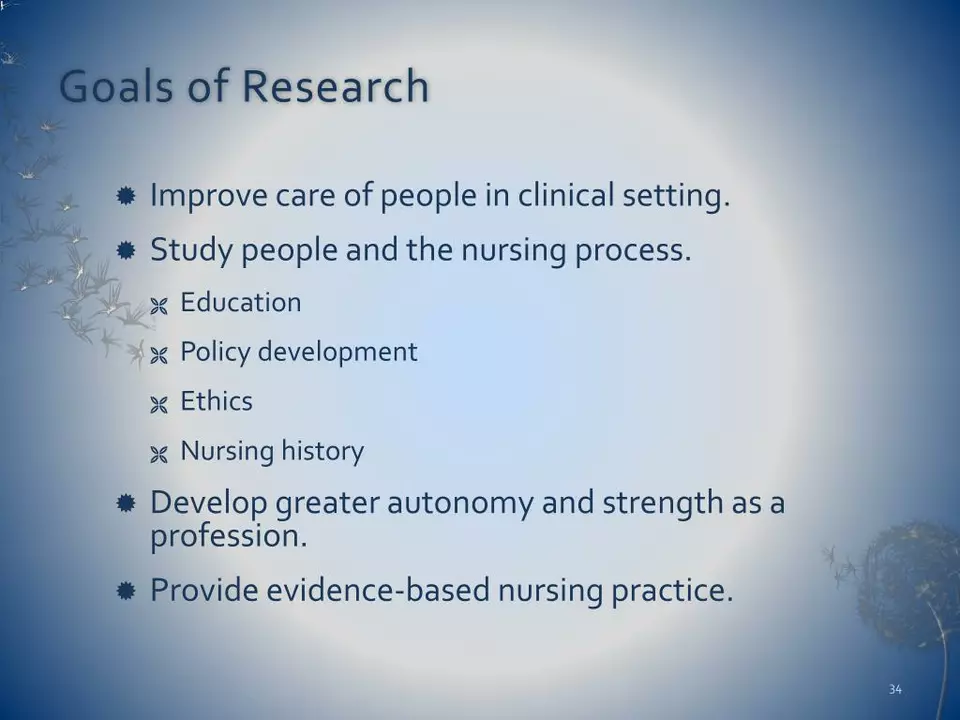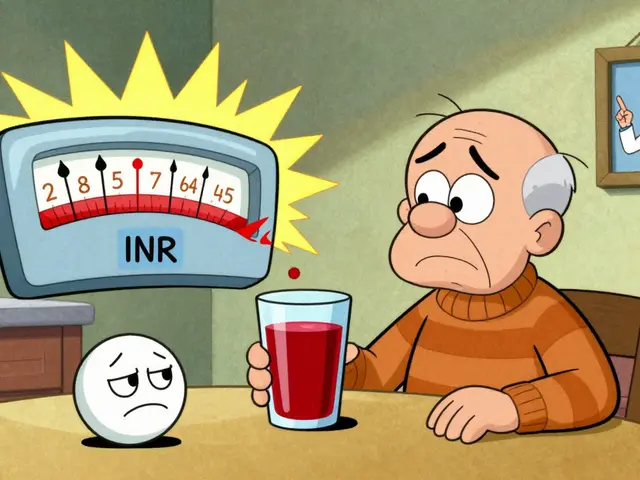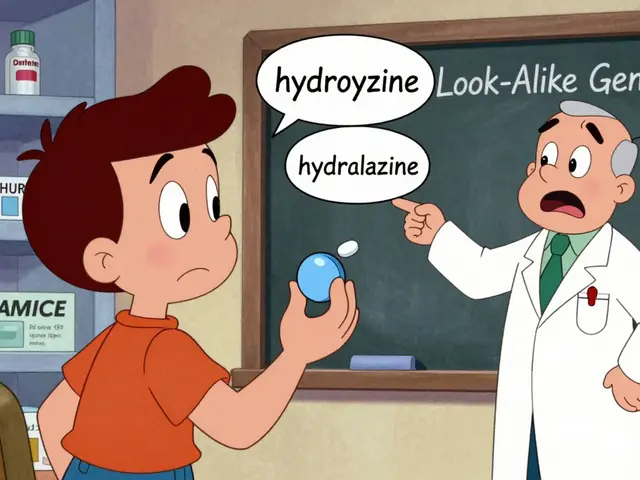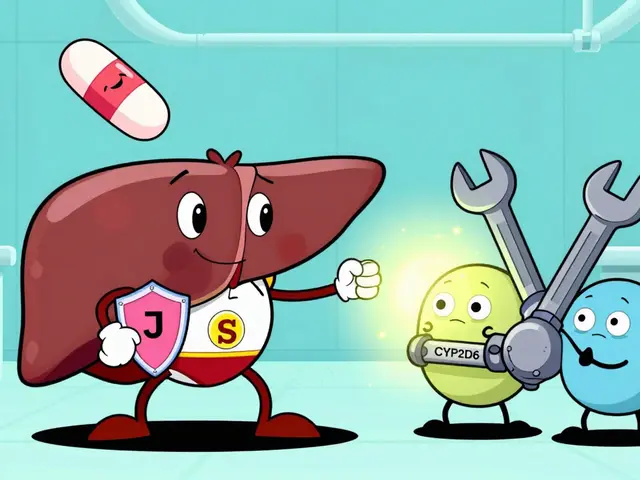Chlorthalidone: what it does and how to use it
A single pill that can lower blood pressure for days — that’s chlorthalidone. It’s a thiazide-like diuretic your doctor prescribes to help manage high blood pressure and fluid buildup. It’s strong, long-lasting, and often chosen when daily control matters.
Chlorthalidone works by helping your kidneys remove extra salt and water. Less fluid in your blood vessels means lower blood pressure. It also reduces the workload on your heart and can help reduce swelling from conditions like heart failure or kidney problems.
Doctors commonly use chlorthalidone for hypertension and edema. It’s often added when single medications don’t get blood pressure low enough, or when your doctor wants a drug with a long effect so blood pressure stays steady between doses.
Typical starting doses are usually 12.5 mg to 25 mg once daily. Some patients need higher doses, but more isn’t always better — side effects increase with dose. Chlorthalidone has a long half-life (often 40–60 hours), so it stays active for a long time and is usually taken in the morning to avoid nighttime urination.
How it compares to hydrochlorothiazide
Compared with hydrochlorothiazide (HCTZ), chlorthalidone is more potent and lasts longer. That can mean better blood pressure control for some people. But potency also raises the chance of low potassium and sodium, so doctors monitor labs more closely when starting or changing doses.
Side effects and what to watch for
Common side effects include increased urination, dizziness (especially when standing), low potassium, low sodium, and higher uric acid that can trigger gout. Some people notice fatigue, muscle cramps, or mild digestive upset. Serious signs to watch for are fainting, severe muscle weakness, irregular heartbeat, or severe lightheadedness — call your doctor or seek care if those happen.
Before and during treatment your provider will usually check basic metabolic labs: electrolytes (potassium, sodium), kidney function (creatinine), and sometimes blood sugar and uric acid. If potassium drops, your doctor may add a potassium supplement or change medications.
Be careful with other drugs. NSAIDs (like ibuprofen) can reduce chlorthalidone’s blood-pressure effect and increase kidney risk. It can interact with lithium, certain diabetes medicines, and other blood-pressure drugs. Tell your prescriber about all prescription meds, supplements, and OTC pills you take.
Take chlorthalidone in the morning with food or water. Avoid taking it late to prevent night trips to the bathroom. Stay hydrated but don’t overdo fluids if you have heart or kidney issues — follow your doctor’s advice. If you have gout, diabetes, or low blood potassium, tell your doctor before starting.
Pregnancy and breastfeeding need a talk with your clinician — some diuretics aren’t ideal during pregnancy. Older adults often need lower doses and closer lab checks. If you miss a dose, take it when you remember unless it’s near the next dose; don’t double up.
Questions for your prescriber: What dose fits my situation? How often should labs be checked? What other drugs should I avoid? Clear answers will keep treatment safe and effective.





